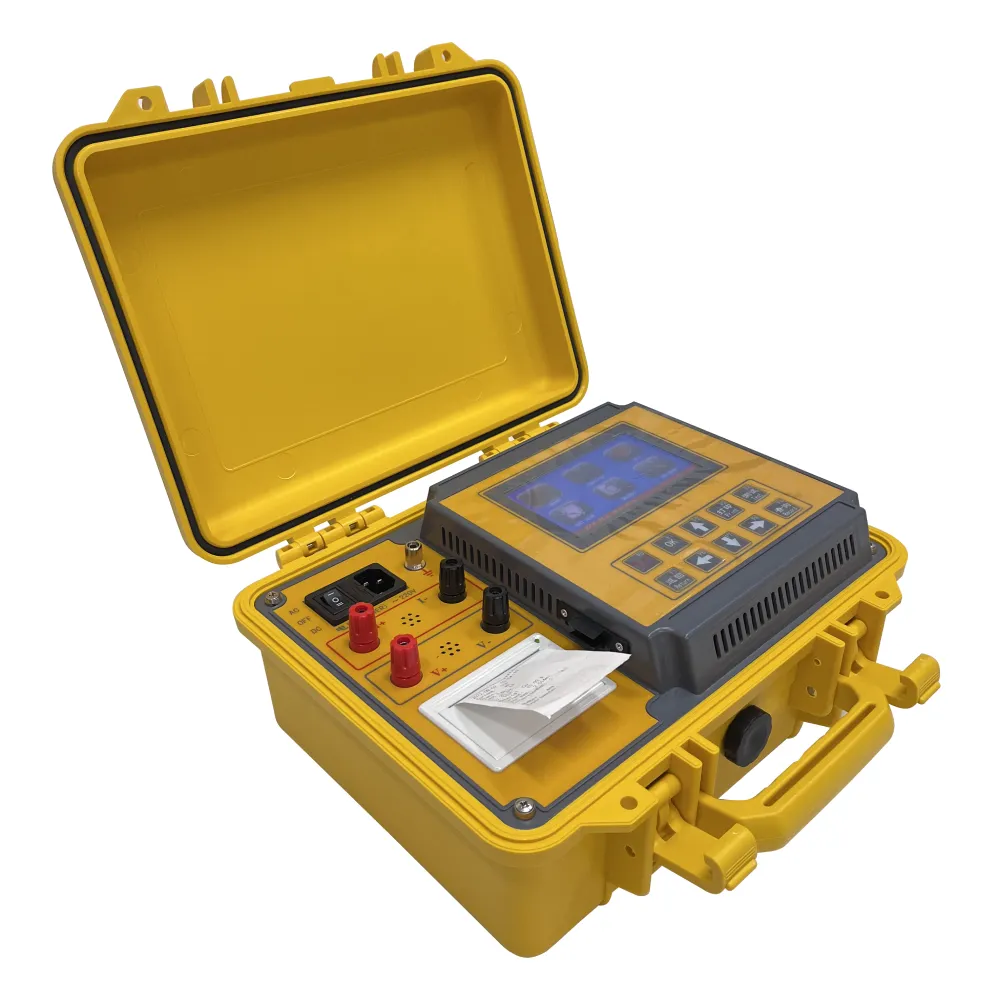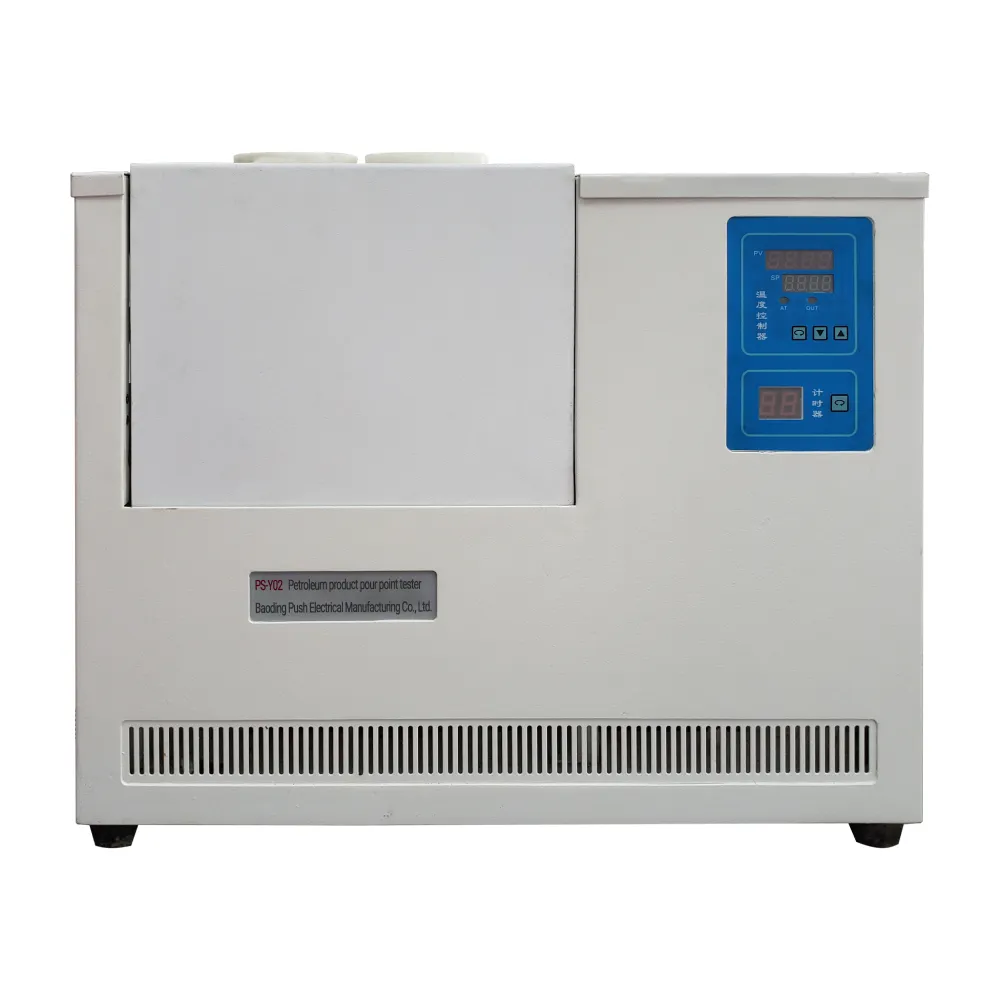TEL:
+86-0312-3189593
 English
English

Telephone:0312-3189593

Email:sales@oil-tester.com

-
 Afrikaans
Afrikaans -
 Albanian
Albanian -
 Amharic
Amharic -
 Arabic
Arabic -
 Armenian
Armenian -
 Azerbaijani
Azerbaijani -
 Basque
Basque -
 Belarusian
Belarusian -
 Bengali
Bengali -
 Bosnian
Bosnian -
 Bulgarian
Bulgarian -
 Catalan
Catalan -
 Cebuano
Cebuano -
 China
China -
 China (Taiwan)
China (Taiwan) -
 Corsican
Corsican -
 Croatian
Croatian -
 Czech
Czech -
 Danish
Danish -
 Dutch
Dutch -
 English
English -
 Esperanto
Esperanto -
 Estonian
Estonian -
 Finnish
Finnish -
 French
French -
 Frisian
Frisian -
 Galician
Galician -
 Georgian
Georgian -
 German
German -
 Greek
Greek -
 Gujarati
Gujarati -
 Haitian Creole
Haitian Creole -
 hausa
hausa -
 hawaiian
hawaiian -
 Hebrew
Hebrew -
 Hindi
Hindi -
 Miao
Miao -
 Hungarian
Hungarian -
 Icelandic
Icelandic -
 igbo
igbo -
 Indonesian
Indonesian -
 irish
irish -
 Italian
Italian -
 Japanese
Japanese -
 Javanese
Javanese -
 Kannada
Kannada -
 kazakh
kazakh -
 Khmer
Khmer -
 Rwandese
Rwandese -
 Korean
Korean -
 Kurdish
Kurdish -
 Kyrgyz
Kyrgyz -
 Lao
Lao -
 Latin
Latin -
 Latvian
Latvian -
 Lithuanian
Lithuanian -
 Luxembourgish
Luxembourgish -
 Macedonian
Macedonian -
 Malgashi
Malgashi -
 Malay
Malay -
 Malayalam
Malayalam -
 Maltese
Maltese -
 Maori
Maori -
 Marathi
Marathi -
 Mongolian
Mongolian -
 Myanmar
Myanmar -
 Nepali
Nepali -
 Norwegian
Norwegian -
 Norwegian
Norwegian -
 Occitan
Occitan -
 Pashto
Pashto -
 Persian
Persian -
 Polish
Polish -
 Portuguese
Portuguese -
 Punjabi
Punjabi -
 Romanian
Romanian -
 Russian
Russian -
 Samoan
Samoan -
 Scottish Gaelic
Scottish Gaelic -
 Serbian
Serbian -
 Sesotho
Sesotho -
 Shona
Shona -
 Sindhi
Sindhi -
 Sinhala
Sinhala -
 Slovak
Slovak -
 Slovenian
Slovenian -
 Somali
Somali -
 Spanish
Spanish -
 Sundanese
Sundanese -
 Swahili
Swahili -
 Swedish
Swedish -
 Tagalog
Tagalog -
 Tajik
Tajik -
 Tamil
Tamil -
 Tatar
Tatar -
 Telugu
Telugu -
 Thai
Thai -
 Turkish
Turkish -
 Turkmen
Turkmen -
 Ukrainian
Ukrainian -
 Urdu
Urdu -
 Uighur
Uighur -
 Uzbek
Uzbek -
 Vietnamese
Vietnamese -
 Welsh
Welsh -
 Bantu
Bantu -
 Yiddish
Yiddish -
 Yoruba
Yoruba -
 Zulu
Zulu
Januari . 20, 2025 11:07
Back to list
gas chromatography for gas analysis
Gas chromatography (GC) is an invaluable analytical technique used for separating and analyzing compounds that can be vaporized without decomposition. To understand its operation fully, one must delve into the intricacies of the system components, method development, and real-world applications. This article aims to provide a comprehensive guide that draws from practical experience, exhibits expert knowledge, asserts authority on the subject, and establishes trustworthiness, especially for those seeking insights into GC product usage.
Real-world applications of gas chromatography span numerous industries—from regulating environmental pollutants and quality control in the food and beverage industry to forensic investigations and pharmaceutical research. Each application requires a tailored approach, whether it's calibrating the system for volatile organic compounds in environmental monitoring or ensuring the purity of active pharmaceutical ingredients. In ensuring the successful operation of gas chromatography, regular maintenance and calibration are non-negotiable. Frequent checks of the carrier gas purity, integrity of column connections, and performance of detectors serve not only in maintaining accuracy but also in extending the longevity of the equipment. Adherence to manufacturer guidelines for system checks and replacements ensures the equipment remains in prime operating condition, thus fostering trust in the results generated. Moreover, the role of an operator is pivotal. Continuous training and staying abreast of technological advancements fortify an operator’s expertise, thereby augmenting the accuracy and authenticity of analyses. Seminars, workshops, and consortiums like the American Chemical Society and Chromatography Society offer platforms for knowledge exchange, engagement with new technologies, and benchmarking against industry standards, enabling professionals to achieve unparalleled expertise and authority. In conclusion, mastering gas chromatography operation demands a blend of technical know-how, continuous education, and diligent practice. This synergy not only elevates the analytical insight one can derive but also strengthens the credibility of data produced. Leveraging proper techniques and understanding the delicate interplay of GC components assures analysts of delivering results that stakeholders can trust implicitly. Whether entering the field or advancing expertise, embracing innovations and adhering to rigorous operational standards ensures gas chromatography remains a powerful tool in analytical chemistry.


Real-world applications of gas chromatography span numerous industries—from regulating environmental pollutants and quality control in the food and beverage industry to forensic investigations and pharmaceutical research. Each application requires a tailored approach, whether it's calibrating the system for volatile organic compounds in environmental monitoring or ensuring the purity of active pharmaceutical ingredients. In ensuring the successful operation of gas chromatography, regular maintenance and calibration are non-negotiable. Frequent checks of the carrier gas purity, integrity of column connections, and performance of detectors serve not only in maintaining accuracy but also in extending the longevity of the equipment. Adherence to manufacturer guidelines for system checks and replacements ensures the equipment remains in prime operating condition, thus fostering trust in the results generated. Moreover, the role of an operator is pivotal. Continuous training and staying abreast of technological advancements fortify an operator’s expertise, thereby augmenting the accuracy and authenticity of analyses. Seminars, workshops, and consortiums like the American Chemical Society and Chromatography Society offer platforms for knowledge exchange, engagement with new technologies, and benchmarking against industry standards, enabling professionals to achieve unparalleled expertise and authority. In conclusion, mastering gas chromatography operation demands a blend of technical know-how, continuous education, and diligent practice. This synergy not only elevates the analytical insight one can derive but also strengthens the credibility of data produced. Leveraging proper techniques and understanding the delicate interplay of GC components assures analysts of delivering results that stakeholders can trust implicitly. Whether entering the field or advancing expertise, embracing innovations and adhering to rigorous operational standards ensures gas chromatography remains a powerful tool in analytical chemistry.
Previous:
Next:
Latest news
-
Exploring the Main Types of Industrial Endoscopes and Their Applications Across IndustriesNewsJul.04,2025
-
Testing Equipment Industry Sees Major Advancements in 2025: Smart & Precision Technologies Lead the WayNewsJun.06,2025
-
Applications of Direct Current Generators in Renewable Energy SystemsNewsJun.05,2025
-
Hipot Tester Calibration and Accuracy GuidelinesNewsJun.05,2025
-
Digital Circuit Breaker Analyzer Features and BenefitsNewsJun.05,2025
-
Benefits of Real-Time Power Quality Monitoring Devices for Industrial EfficiencyNewsJun.05,2025



